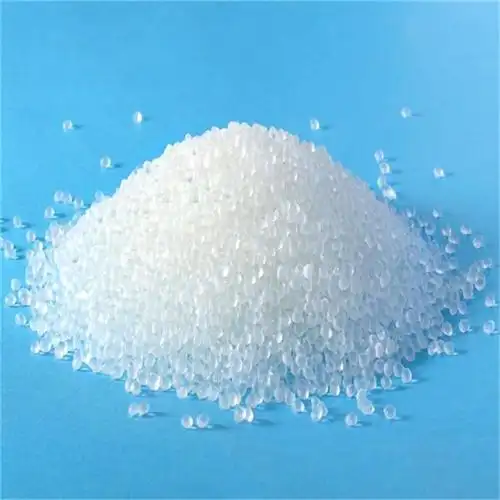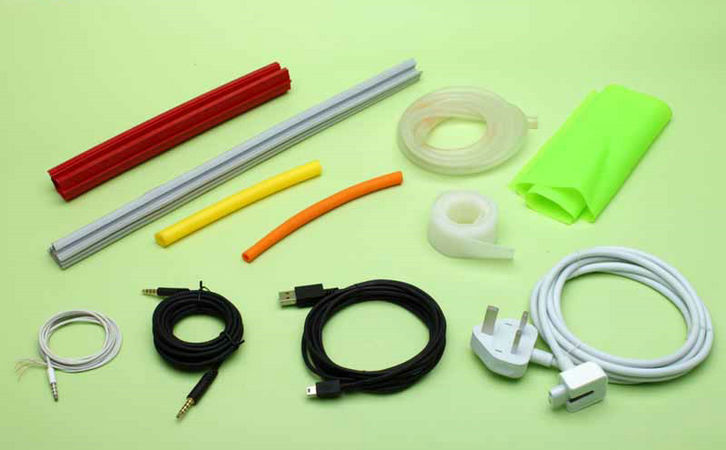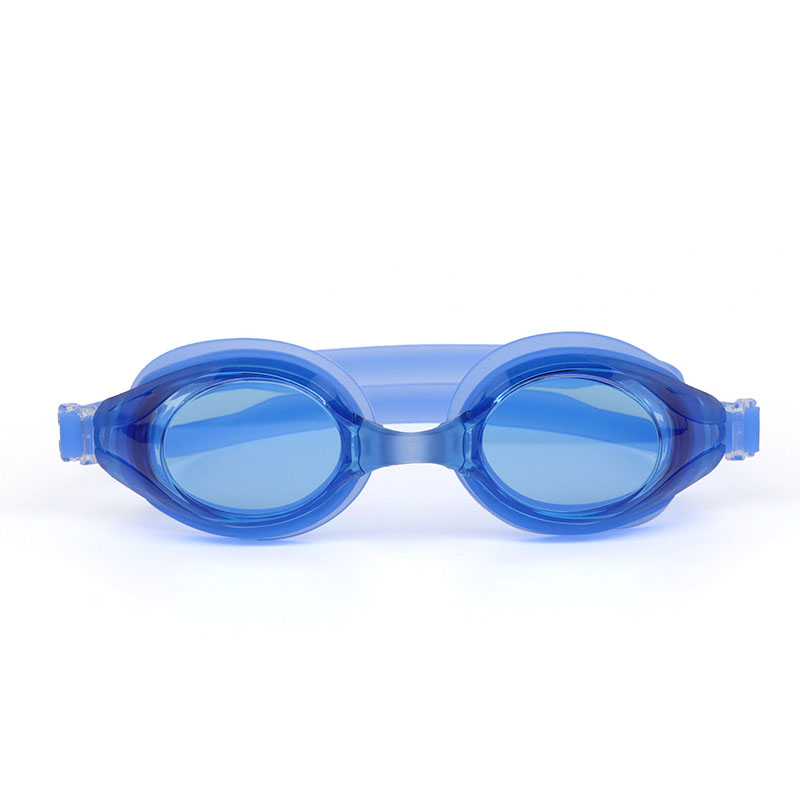As someone who’s been immersed in the plastics and elastomer industry for over 15 years, I’ve spent countless hours on factory floors, troubleshooting production issues and helping manufacturers optimize their processes for Thermoplastic Rubber (TPR). One question that pops up frequently, especially among those new to working with TPR, is how long raw TPR material needs to be dried before processing. It’s a critical step—get it wrong, and you’re looking at defective products, wasted time, and costly rework. Drawing from my experience with footwear, automotive, and consumer goods manufacturers, I’ll walk you through everything you need to know about drying TPR raw material, from why it matters to the exact conditions and durations that ensure top-notch results. My goal is to give you practical, actionable insights to make your production smoother and more efficient.

Why Drying TPR Is Essential
TPR, a type of thermoplastic elastomer (TPE), is a versatile material used in everything from shoe soles to medical devices, thanks to its flexibility, durability, and ease of molding. But like many thermoplastics, TPR is hygroscopic, meaning it absorbs moisture from the air during storage or transport. If you process TPR without drying it properly, that moisture can cause bubbles, splay, surface defects, or even hydrolysis (chemical breakdown), leading to weak or brittle products. I’ve seen factories lose entire batches of TPR shoe soles because they skipped drying, resulting in unsightly streaks or soles that cracked under stress.
Early in my career, I worked with a small footwear plant that couldn’t figure out why their TPR soles had inconsistent textures. After inspecting their process, we found that their raw TPR pellets were stored in a humid warehouse and processed without drying. Once we implemented a proper drying protocol, their defect rate dropped by 80%. That experience cemented my belief that drying isn’t just a step—it’s a cornerstone of quality production.
Factors Affecting TPR Drying Time
The time required to dry TPR depends on several variables, from the material’s composition to the equipment you’re using. Here’s what I’ve learned from years of working with TPR in various applications.
TPR Composition and Additives
Not all TPR is the same. Most TPR formulations are based on SBS (styrene-butadiene-styrene) or SEBS (styrene-ethylene-butylene-styrene), blended with fillers, oils, or additives like UV stabilizers or antioxidants. These additives can affect the material’s moisture absorption rate. For example, SEBS-based TPR tends to be less hygroscopic than SBS-based TPR, requiring slightly less drying time. However, TPR with high filler content (e.g., calcium carbonate) can absorb more moisture, necessitating longer drying.
I once worked with a manufacturer producing TPR medical grips. Their SEBS-based TPR needed only 2 hours of drying at 80°C, while a filler-heavy SBS-based TPR for shoe soles required 3-4 hours at the same temperature to eliminate moisture fully. Always check the material’s technical data sheet (TDS) from the supplier for specific drying recommendations.
Moisture Content
The initial moisture content of TPR pellets is a big factor. Freshly manufactured TPR typically has a moisture content below 0.1%, but exposure to humid environments (above 60% relative humidity) can raise it to 0.5-1% or more. The higher the moisture content, the longer the drying time. Industry standards suggest drying TPR to a moisture content below 0.05% for optimal processing.
In a humid climate, like the coastal factory I once visited, TPR pellets stored in open bags absorbed enough moisture to require 4-6 hours of drying at 70-80°C. In contrast, pellets stored in sealed, desiccant-lined containers needed only 2-3 hours. Testing moisture content with a moisture analyzer before drying can help you determine the exact time needed.

Drying Equipment
The type of drying equipment you use significantly impacts drying time. Common options include:
Hot Air Dryers: These circulate heated air around the pellets, typically requiring 3-6 hours at 70-90°C for TPR. They’re affordable but less efficient for high-moisture materials.
Desiccant Dryers: These use dehumidified air, reducing drying time to 2-4 hours at 70-80°C. They’re more effective in humid environments.
Vacuum Dryers: These remove moisture faster by lowering air pressure, often drying TPR in 1-3 hours at 60-80°C. They’re pricier but ideal for high-throughput production.
I’ve seen desiccant dryers outperform hot air dryers in humid climates, cutting drying time by 30-50%. If you’re in a high-humidity area, investing in a desiccant dryer is a smart move.
Environmental Conditions
The storage environment before drying affects how much moisture TPR absorbs. In humid regions (above 60% relative humidity), TPR can absorb moisture quickly, requiring longer drying times. In dry climates, pellets stored in sealed containers may need minimal drying. Temperature also matters—drying at too high a temperature (above 100°C) can degrade TPR’s properties, while too low (below 60°C) may not remove moisture effectively.
A factory I advised in a tropical region struggled with TPR defects until they started storing pellets in a climate-controlled room at 20-25°C and 40% humidity, reducing drying time from 6 hours to 3 hours.
Batch Size and Pellet Size
The quantity and size of TPR pellets also influence drying time. Larger batches or thicker pellets take longer to dry because moisture trapped in the center of the pellets is harder to remove. For example, a 50kg batch in a hot air dryer might need 4-6 hours, while a 10kg batch in a desiccant dryer could be ready in 2 hours. Smaller pellets (e.g., 2-3mm diameter) dry faster than larger ones (e.g., 5mm).

Recommended Drying Times and Conditions
Based on my experience and industry standards, here’s a general guide for drying TPR raw material:
Standard Conditions: Dry TPR at 70-80°C for 2-4 hours in a desiccant dryer or 3-6 hours in a hot air dryer to achieve a moisture content below 0.05%.
High-Humidity Environments: Increase drying time to 4-6 hours at 70-80°C or use a vacuum dryer for 1-3 hours to handle higher initial moisture.
SEBS-Based TPR: Often requires 2-3 hours at 70-80°C due to lower hygroscopicity.
SBS-Based or Filler-Heavy TPR: May need 3-5 hours at 70-85°C to ensure complete moisture removal.
Here’s a table summarizing drying conditions for TPR:
|
TPR Type |
Drying Temperature |
Drying Time |
Equipment Type |
|---|---|---|---|
|
SEBS-Based TPR |
70-80°C |
2-3 hours |
Desiccant/Hot Air Dryer |
|
SBS-Based TPR |
70-85°C |
3-5 hours |
Desiccant/Hot Air Dryer |
|
Filler-Heavy TPR |
75-85°C |
3-6 hours |
Desiccant/Vacuum Dryer |
|
High-Moisture TPR |
70-80°C |
4-6 hours |
Vacuum/Desiccant Dryer |
Practical Tips for Drying TPR
To ensure your TPR is dried effectively, here are some strategies I’ve refined over the years:
1. Check the Technical Data Sheet (TDS)
Always start with the TDS provided by your TPR supplier. It will specify the recommended drying temperature and time, which can vary based on the formulation. For example, Kraton and Dynasol TPR grades often recommend 70-80°C for 2-4 hours in a desiccant dryer.
2. Store Pellets Properly
Store TPR pellets in sealed containers with desiccant packs in a cool, dry place (below 25°C and 50% humidity). This minimizes moisture absorption, reducing drying time. I’ve seen factories cut drying time by 1-2 hours simply by improving storage conditions.
3. Use a Moisture Analyzer
Invest in a moisture analyzer to measure the initial and final moisture content of your TPR. Aim for below 0.05% before processing. This tool saved one of my clients from processing wet TPR, preventing a costly batch failure.
4. Optimize Drying Equipment
Choose the right dryer for your needs. Desiccant dryers are ideal for humid climates, while vacuum dryers suit high-throughput production. Ensure the dryer is well-maintained—clogged filters or worn-out desiccant can extend drying time. A factory I worked with reduced drying time from 5 hours to 3 hours by upgrading to a desiccant dryer.

5. Avoid Over-Drying
Drying TPR for too long or at too high a temperature (above 100°C) can degrade its molecular structure, reducing elasticity or strength. Stick to the recommended temperature and check progress after 2 hours to avoid over-drying.
6. Process Immediately After Drying
Once dried, TPR should be processed within 4-6 hours to prevent reabsorption of moisture. In humid environments, use a hopper dryer attached to the injection molding machine to keep pellets dry during processing. This setup saved a client from re-drying batches during rainy seasons.
Common Mistakes and How to Avoid Them
Over the years, I’ve seen manufacturers make avoidable errors when drying TPR. Here’s how to steer clear:
Skipping Drying: Some assume TPR doesn’t need drying if it looks dry. Always dry TPR, as even small amounts of moisture (e.g., 0.2%) can cause defects. Solution: Follow the TDS and test moisture content.
Using Incorrect Temperatures: Drying at too low a temperature (below 60°C) won’t remove moisture, while too high (above 100°C) can degrade TPR. Solution: Stick to 70-85°C for most TPR grades.
Poor Storage: Storing pellets in open bags or humid warehouses increases moisture absorption. Solution: Use sealed containers with desiccant packs.
Overloading Dryers: Overfilling dryers reduces airflow, leading to uneven drying. Solution: Follow the dryer’s capacity guidelines, typically 50-100kg per batch for standard units.
One memorable case involved a toy manufacturer whose TPR grips had bubbles and weak spots. Their hot air dryer was set at 50°C, too low to remove moisture. After adjusting to 80°C and switching to a desiccant dryer, their defect rate dropped from 15% to 2%.
Environmental and Safety Considerations
Drying TPR involves heating, which can release volatile organic compounds (VOCs) from additives or oils in the material. Ensure your drying area is well-ventilated to avoid fume buildup, and use fume extraction systems if processing large batches. Workers should wear gloves and safety goggles when handling hot pellets to prevent burns. I’ve seen factories improve worker safety by installing exhaust fans near dryers, reducing VOC exposure.
From an environmental perspective, drying TPR is energy-intensive, especially with hot air dryers. Desiccant or vacuum dryers are more energy-efficient, reducing your carbon footprint. Some of my clients have also adopted solar-powered drying systems in sunny regions, cutting energy costs by 20%.
Real-World Applications
Here’s how drying times play out in different scenarios, based on my experience:
Footwear Production: A sneaker factory dried SBS-based TPR pellets at 80°C for 3 hours in a desiccant dryer, achieving defect-free soles for high-volume production.
Automotive Parts: A supplier dried SEBS-based TPR for gaskets at 75°C for 2 hours in a vacuum dryer, ensuring consistent quality for car door seals.
Medical Devices: A manufacturer of TPR grips dried pellets at 70°C for 2.5 hours to meet strict regulatory standards, avoiding bubbles in sensitive components.
Consumer Goods: A toy producer used a hot air dryer at 80°C for 4 hours to dry filler-heavy TPR, eliminating splay in their molded figures.

My Take on Drying TPR
After years of working with TPR, I can say that proper drying is the unsung hero of quality production. Getting it right—choosing the correct temperature, time, and equipment—can mean the difference between flawless products and costly defects. For most TPR grades, 2-4 hours at 70-80°C in a desiccant dryer will do the trick, but always tailor your process to the material, environment, and equipment. By investing in proper storage, testing moisture content, and maintaining your dryers, you’ll set yourself up for success. Whether you’re molding shoe soles or automotive parts, a little attention to drying goes a long way in delivering durable, high-quality TPR products.
Related Questions and Answers
Q: Can I skip drying TPR if it’s freshly delivered?
A: Even fresh TPR can absorb moisture during transport or storage. Always dry it for 2-4 hours at 70-80°C to ensure a moisture content below 0.05%, as per the supplier’s TDS.
Q: How do I know if my TPR is dry enough?
A: Use a moisture analyzer to confirm the moisture content is below 0.05%. If you don’t have one, check for defects like bubbles or splay in test samples after processing.
Q: Why do my TPR products have bubbles even after drying?
A: Bubbles can result from insufficient drying time, high initial moisture, or poor dryer performance. Increase drying time to 3-4 hours and ensure your dryer’s filters and desiccant are functional.
Q: Is a hot air dryer good enough for TPR?
A: Hot air dryers work for low-humidity environments but may need 3-6 hours at 70-85°C. In humid climates, switch to a desiccant dryer for faster, more reliable drying.
Q: Can I reuse TPR scraps without drying?
A: No, TPR scraps absorb moisture just like virgin pellets. Dry them for 2-4 hours at 70-80°C before reprocessing to avoid defects like bubbles or weak bonding.
By mastering the drying process and tailoring it to your specific TPR and production needs, you’ll ensure high-quality results and minimize waste in your manufacturing process.





